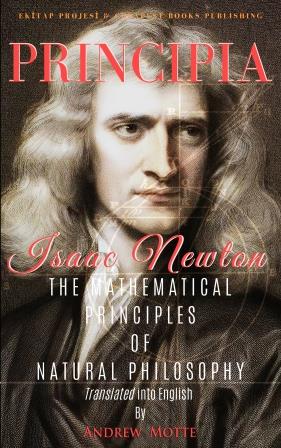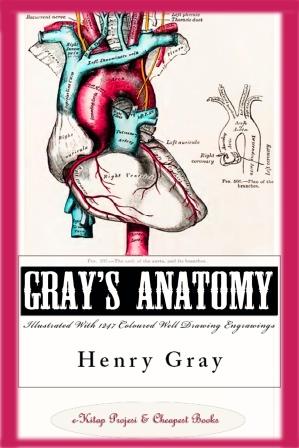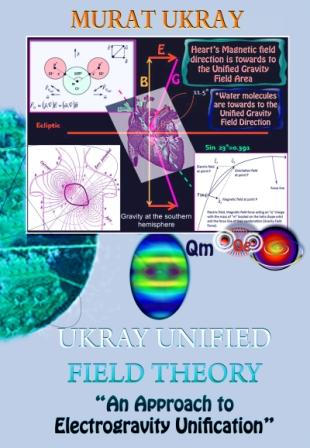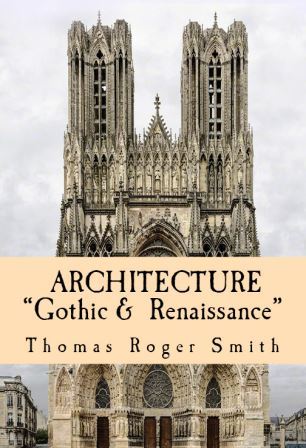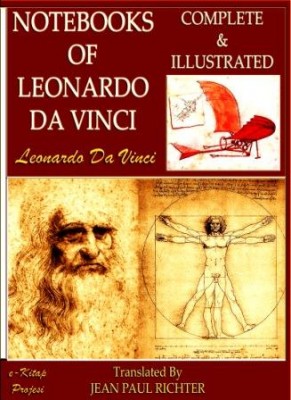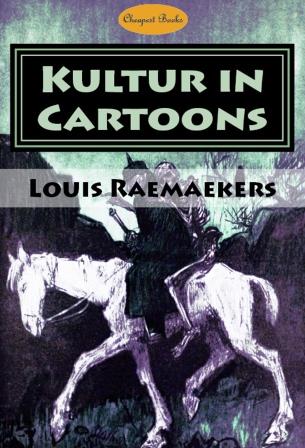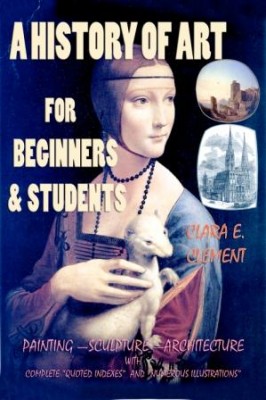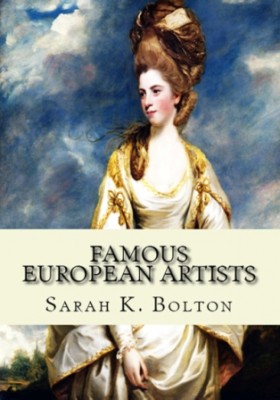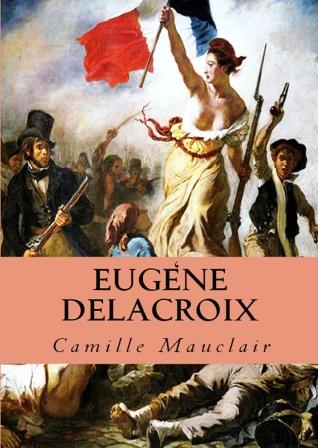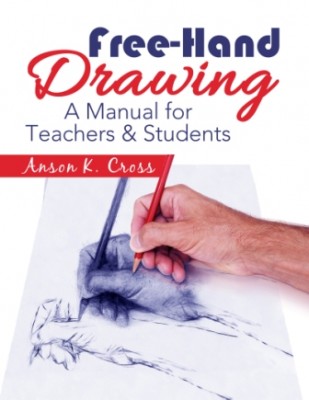More Search Results...
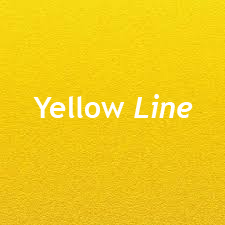
Architecture (Gothic and Renaissance)
THE history, the features, and the most famous examples of European architecture, during a period extending from the rise of the Gothic, or pointed, style in the twelfth century to the general depression which overtook the Renaissance style at the close of the eighteenth, form the subject of this little volume. I have endeavoured to adopt as free and simple a mode of treatment as is compatible with the accurate statement of at least the outlines of so very technical a subject.
More info →Cruikshank’s Water Colours (Illustrated)
It is fair to characterise the three suites of original water-colour drawings, as executed by our artist, as unique examples of the great George Cruikshank's special individual proficiency as an exponent of this branch of technical dexterity.
More info →Notebooks of Leonardo Da Vinci
Leonardo Da Vinci, Born on April 15, 1452, in Vinci, Italy, Leonardo da Vinci was concerned with the laws of science and nature, which greatly informed his work as a painter, sculptor, inventor and draftsmen. His ideas and body of work—which includes "Virgin of the Rocks," "The Last Supper," "Leda and the Swan" and "Mona Lisa"—have influenced countless artists and made da Vinci a leading light of the Italian Renaissance.
More info →Byzantine Churches in Constantinople
This volume is a sequel to the work I published, several years ago, under the title, Byzantine Constantinople: the Walls of the City, and adjoining Historical Sites. In that work the city was viewed, mainly, as the citadel of the Roman Empire in the East, and the bulwark of civilization for more than a thousand years. But the city of Constantine was not only a mighty fortress. It was, moreover, the centre of a great religious community, which elaborated dogmas, fostered forms of piety, and controlled an ecclesiastical administration that have left a profound impression upon the thought and life of mankind. New Rome was a Holy City. It was crowded with churches, hallowed, it was believed, by the remains of the apostles, prophets, saints, and martyrs of the Catholic Church; shrines at which men gathered to worship, from near and far, as before the gates of heaven.
More info →Kultur in Cartoons
When his cartoons began to reach America toward the end of 1916 this country was neutral. It is with peculiar satisfaction, therefore, that I base this brief foreword upon press extracts published prior to America’s participation in the war. If it were possible to discover today an individual who was entirely ignorant as to the causes and conduct of the war, he would, after an inspection of a hundred or more of these cartoons, probably utter his conviction somewhat as follows:
“I do not believe that these drawings have the slightest relation to the truth; I do not believe that it is possible for such things to happen in the twenti-eth century.”
A History of Art for Beginners and Students
ARCHITECTURE seems to me to be the most wonderful of all the arts. We may not love it as much as others, when we are young perhaps we cannot do so, because it is so great and so grand; but at any time of life one can see that in Architecture some of the most marvellous achievements of men are displayed. The principal reason for saying this is that Architecture is not an imitative art, like Painting and Sculpture.
More info →Famous European Artists
AUTHOR OF "POOR BOYS WHO BECAME FAMOUS," "GIRLS WHO BECAME FAMOUS," "STORIES FROM LIFE," "FAMOUS AMERICAN AUTHORS," "FAMOUS AMERICAN STATESMEN," "SOCIAL STUDIES IN
ENGLAND," "FROM HEART AND NATURE,"
"FAMOUS MEN OF SCIENCE," ETC.
"Do not act as if you had ten thousand years to throw away. Death stands at your elbow. Be good for something while you live, and it is in your power."
—Marcus Aurelius.
"Every line, every road, every gable, every tower, has some story of the past present in it. Every tocsin that sounds is a chronicle; every bridge that unites the two banks of the river, unites also the crowds of the living with the heroism of the dead.
More info →Eugene Delacroix
Pour bien comprendre la portée de l'intervention et de l'influence de l'œuvre de Delacroix dans l'école française, il est nécessaire de se rappeler la situation exacte de la peinture au moment où il parut.
More info →Crayon Portraiture
Complete Instructions for Making Crayon
Portraits on Crayon Paper and on
Platinum, Silver and Bromide
Enlargements
ALSO DIRECTIONS FOR THE USE OF
“TRANSPARENT LIQUID WATER COLORS”, "THEORY OF COLORS"
AND FOR MAKING
“FRENCH CRYSTALS”
Free-Hand Drawing
DRAWING is the expression of an idea: “Art must come from within, and not from without. This fact has led some to assert that the study of nature is not essential to the student, and that careful training in the study of the representation of the actual appearance is mechanical and harmful. Such persons forget that all art ideas and sentiments must be based upon natural objects, and that a person who cannot represent truly what he sees will be entirely unable to express the simplest ideal conceptions so that others may appreciate them. Study of nature is, then, of the first and greatest importance to the art student.
More info →






